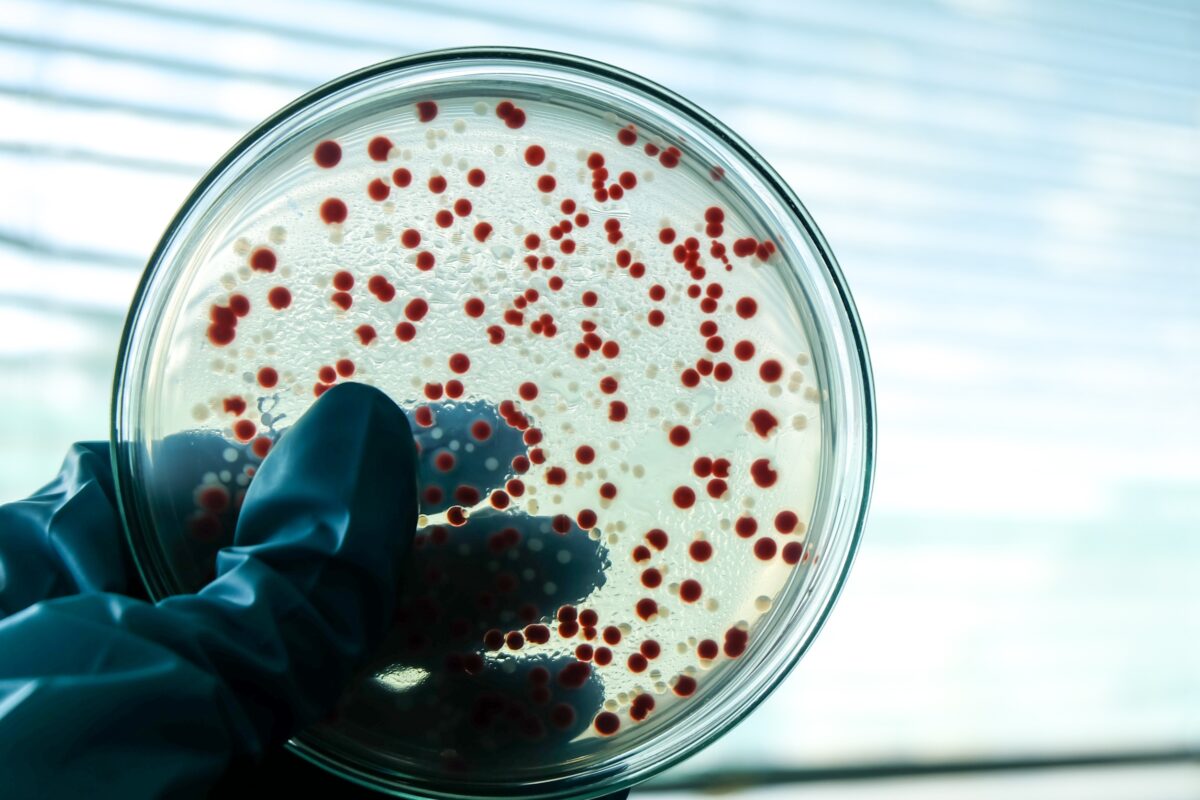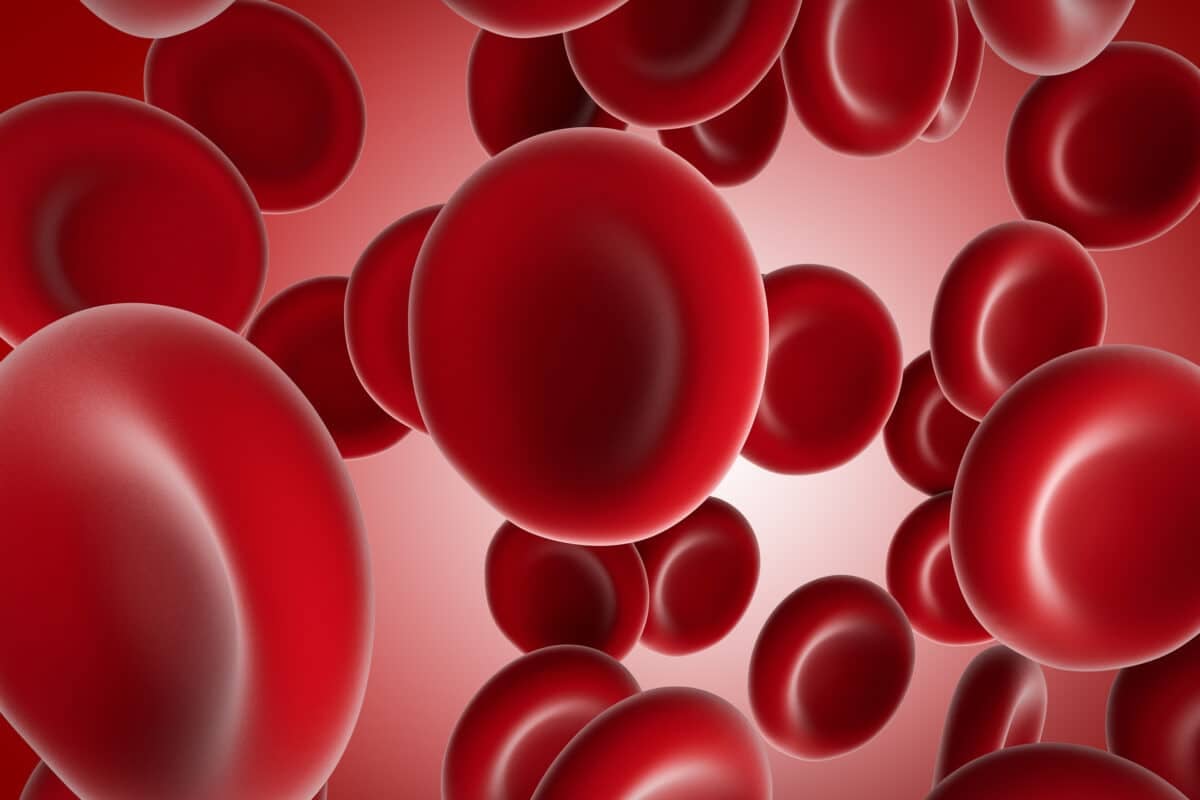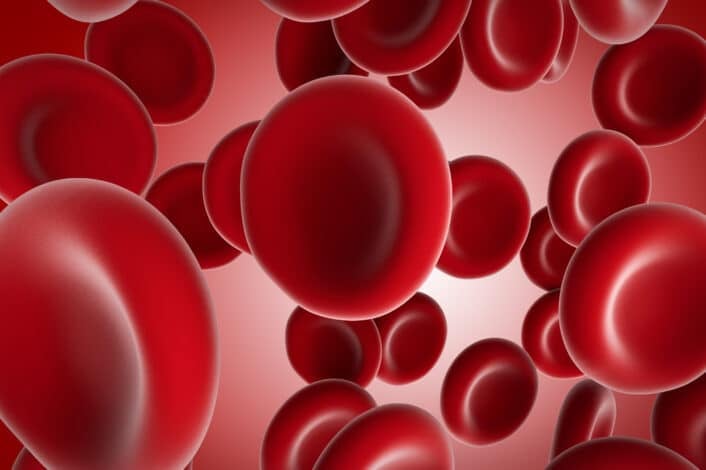How Genes Influence Your Lymphocyte Count
Catherine
on
August 16, 2024

Disclaimer: This article is for informational purposes only and is not intended to diagnose any conditions. LifeDNA does not provide diagnostic services for any conditions mentioned in this or any other article.
Lymphocytes are a type of white blood cells that play a critical role in your immune system. They are your body’s frontline defenders, targeting harmful invaders like viruses, bacteria, and other pathogens. Produced in the bone marrow, lymphocytes circulate in the bloodstream and reside in lymphatic tissues such as the spleen, lymph nodes, and thymus. Their role is essential in keeping your immune system strong and protecting your body from diseases.
There are three main types of lymphocytes: B-cells, T-cells, and Natural Killer (NK) cells. Each type has a specific function:
- B-cells produce antibodies, proteins that bind to foreign substances, marking them for destruction.
- T-cells directly attack infected or cancerous cells and help regulate immune responses.
- Natural Killer (NK) cells play a role in the early defense against viruses and tumors, recognizing and eliminating compromised cells.
How Do You Measure Lymphocyte Count?
Measuring lymphocyte count involves a straightforward blood test, which provides valuable insights into how well your body is defending against infections and other diseases. Here’s a detailed look at how lymphocyte counts are measured:
Blood Sample Collection
The first step in measuring lymphocyte count is obtaining a blood sample. This is usually done through a venipuncture, where a healthcare professional draws blood from a vein in your arm using a needle. The procedure is quick, generally painless, and only requires a small amount of blood.
Complete Blood Count (CBC) with Differential
Once the blood sample is collected, it is sent to a laboratory for analysis. The most common method for measuring lymphocytes is through a Complete Blood Count (CBC) with a differential. This comprehensive test evaluates the different components of your blood, including:
- Red Blood Cells (RBCs)
- White Blood Cells (WBCs)
- Platelets
The differential analysis portion of the CBC specifically breaks down the white blood cells into their various types, including lymphocytes. Automated machines typically perform this analysis, providing an accurate count of each type of cell present in your blood.
Flow Cytometry
For more detailed and specific information, especially in cases where abnormalities are suspected, flow cytometry in combination with specific antigen labels may be used. This advanced laboratory technique allows for the precise identification and quantification of different lymphocyte subsets, such as:
- B-Cells
- T-Cells
- Natural Killer (NK) Cells
Flow cytometry may help in diagnosing specific conditions, such as certain types of leukemia, lymphoma, and immune system disorders, by providing a more granular view of your lymphocyte populations.
Manual Counting
In some instances, particularly when automated results are inconclusive or when a more detailed examination is necessary, a manual count may be performed. A laboratory technician will examine a blood smear under a microscope to count the lymphocytes manually. While more time-consuming, this method may provide additional insights into the appearance and morphology of the lymphocytes, which may be important for diagnosing specific diseases.
What is a Normal Lymphocyte Count?
A normal lymphocyte count varies depending on age, overall health, and individual factors, but there are general ranges that are considered healthy for most people.
For adults, a normal lymphocyte count typically falls within the following ranges:
Absolute Lymphocyte Count: 1,000 to 4,800 lymphocytes per microliter (µL) of blood.
Relative Lymphocyte Count: 20% to 40% of the total white blood cell count.
For children, normal lymphocyte counts may be higher, with ranges varying based on age:
Infants (up to 12 months): 2,000 to 10,500 lymphocytes per microliter of blood.
Toddlers (1-4 years): 2,000 to 9,500 lymphocytes per microliter of blood.
Children (5-18 years): 1,250 to 7,000 lymphocytes per microliter of blood.
These ranges serve as general guidelines, and what is considered “normal” may differ slightly depending on the laboratory performing the test. If your lymphocyte count falls outside these ranges, it doesn’t necessarily mean something is wrong, but it may need further testing.
What Does it Mean if You Have High/Low Lymphocyte Count?
Your lymphocyte count may provide important clues about your immune system’s health. Both high and low lymphocyte counts may signal underlying health issues.
High Lymphocyte Count (Lymphocytosis)
A high lymphocyte count, known as lymphocytosis, occurs when there are more lymphocytes in your blood than the normal range. Lymphocytosis may be a temporary response to an infection or a more persistent condition associated with chronic illnesses. Common causes of high lymphocyte counts include:
- Infections: Viral infections like mononucleosis, hepatitis, and cytomegalovirus (CMV) infection are frequent causes of lymphocytosis. Some bacterial infections, such as in tuberculosis and whooping cough, may also lead to elevated lymphocyte levels.
- Chronic Inflammatory Conditions: Diseases like rheumatoid arthritis and inflammatory bowel disease (IBD) may cause persistent lymphocytosis due to ongoing inflammation.
- Lymphocytic Leukemia: A type of blood cancer that begins in the bone marrow, leading to an overproduction of lymphocytes.
- Stress or Physical Trauma: Acute stress, intense physical activity, or injury may sometimes cause temporary increases in lymphocyte count.
Low Lymphocyte Count (Lymphocytopenia)
A low lymphocyte count, known as lymphocytopenia, occurs when there are fewer lymphocytes in your blood than normal. This may weaken your immune system, making you more susceptible to infections and other health problems. Common causes of low lymphocyte counts include:
- Viral Infections: Severe viral infections like with HIV may lead to a depletion of lymphocytes over time.
- Autoimmune Disorders: Conditions such as lupus and multiple sclerosis may result in lymphocytopenia due to the immune system attacking its own cells, including lymphocytes.
- Bone Marrow Disorders: Diseases that affect bone marrow function, like aplastic anemia or certain cancers, may lead to reduced lymphocyte production.
- Medications: Certain treatments, like chemotherapy, immunosuppressants, and corticosteroids, may decrease lymphocyte levels as a side effect.
- Nutritional Deficiencies: Lack of essential nutrients, such as proteins or vitamins, may impair lymphocyte production.
Can Genetics Influence Lymphocyte Count?
Yes, genetics may significantly influence your lymphocyte count. Research has shown that genetic variations may affect how many lymphocytes you have, how they function, and how your immune system responds to various challenges.
A 2010 study looked at the genetic data of 2,538 people and examined how 2.3 million genetic variations influenced five different types of lymphocytes, including CD4+ T-cells, CD8+ T-cells, and Natural Killer (NK) cells. They found two key genetic regions associated with these lymphocyte levels:
- Major Histocompatibility Complex (MHC) Region: This region strongly influences the CD4:CD8ratio, which is important in immune function. The study found two specific genetic variants in the MHC region:
- One affects levels of CD8+ T-cells (in the class I part of MHC).
- The other affects levels of CD4+ T-cells (in the class II part of MHC).
- Schlafen (SLFNL) Gene Family: This genetic region is linked to the levels of NK-cells.
The findings suggest that the genetic variation in the MHC region genes could affect the balance of important immune cells called CD4+ and CD8+ T-cells. These cells help the body to fight off infections. When the balance of these cells is disrupted, it can lead to health problems. For example, some genetic variations in the MHC region are linked to better control of HIV, meaning they might help the immune system handle the virus more effectively. On the other hand, other genetic variations in the MHC region are associated with a higher risk of type 1 diabetes, a condition where the immune system mistakenly attacks the pancreas. These findings show how our genetic variants can influence our immune system and our risk for certain diseases.
Non-Genetic Factors Influencing Lymphocyte Count
While genetic plays a significant role in determining your lymphocyte count, several non-genetic factors may also influence these crucial immune cells. These factors may cause fluctuations in lymphocyte levels and impact your overall immune health.
1. Infections
Infections are one of the most common non-genetic factors affecting lymphocyte count. Viral infections, in particular, may cause significant changes:
- Viral Infections: Conditions like the flu, mononucleosis, and HIV may lead to lymphocytosis (increased lymphocyte count) as your body ramps up its immune response to fight the virus.
- Bacterial Infections: Some bacterial infections, such as tuberculosis, may also affect lymphocyte levels, though typically less dramatically than viral infections.
On the flip side, chronic viral infections, such as with HIV, may lead to lymphocytopenia (decreased lymphocyte count) over time, weakening the immune system.
2. Autoimmune Disorders
Autoimmune diseases occur when the immune system mistakenly attacks the body’s own tissues. This may have a profound impact on lymphocyte count:
- Lupus: In lupus, an autoimmune condition, lymphocyte counts may be abnormally low due to the immune system’s dysregulation and the potential impact of treatments like corticosteroids.
- Rheumatoid Arthritis: This chronic inflammatory disorder often causes elevated lymphocyte counts as the immune system remains in a state of persistent activation.
3. Medications and Treatments
Certain medications and medical treatments may significantly influence lymphocyte count:
- Chemotherapy: Used to treat cancer, chemotherapy may reduce lymphocyte counts, making patients more susceptible to infections.
- Immunosuppressants: Drugs used to prevent organ rejection in transplant patients, or to treat autoimmune diseases, may lower lymphocyte counts, dampening the immune response.
- Corticosteroids: These anti-inflammatory drugs, synthetic versions of cortisol, may reduce lymphocyte numbers by altering the distribution and production of these cells in the body.
4. Stress
Both physical and psychological stress may impact lymphocyte count:
- Acute Stress: Short-term physical stress, such as intense exercise or injury, may temporarily increase lymphocyte levels as part of the body’s immediate response to perceived threats.
- Chronic Stress: Prolonged psychological stress may lead to a decrease in lymphocyte count, weakening the immune system and increasing susceptibility to infections.
5. Nutritional Status
Your diet and nutritional status play a crucial role in maintaining healthy lymphocyte levels:
- Protein Deficiency: Adequate protein intake is essential for the production of lymphocytes. Malnutrition or protein deficiency may lead to a reduced lymphocyte count.
- Vitamin Deficiency: Vitamins, particularly those like B6, B12, and folate, are vital for the production and function of lymphocytes. Deficiencies in these vitamins may impair immune function and lower lymphocyte levels.https://blog.lifedna.com/lifedna-nutrition-sample-report-review/
6. Age
Lymphocyte count naturally changes with age:
- Children: Typically have higher lymphocyte counts than adults due to their developing immune systems.
- Elderly: As people age, lymphocyte production may decrease, leading to lower counts and a weakened immune response, making older adults more susceptible to infections.
7. Lifestyle Factors
Certain lifestyle choices may also influence lymphocyte count:
- Smoking: Smoking has been linked to both elevated and decreased lymphocyte counts, depending on the stage of exposure and overall health of the smoker.
- Alcohol Consumption: Excessive alcohol intake may impair immune function and reduce lymphocyte count, increasing the risk of infections.
- Exercise: Regular, moderate exercise generally supports a healthy immune system and stable lymphocyte counts, while extreme exercise, like marathon running, may temporarily lower lymphocyte levels.
8. Environmental Exposure
Exposure to certain environmental factors may impact lymphocyte count:
- Pollutants: Long-term exposure to environmental pollutants, such as heavy metals and industrial chemicals, may affect lymphocyte levels and compromise immune function.
- Radiation: Exposure to high levels of radiation, whether from medical treatments or environmental sources, may reduce lymphocyte counts and damage the immune system.
While your genetic makeup sets the foundation for your lymphocyte count, non-genetic factors may significantly shape its daily fluctuations. By understanding and addressing these influences—such as stress, diet, and environmental exposures—you may actively support your immune system. Taking proactive steps to maintain a healthy lifestyle and regularly monitoring your lymphocyte count, particularly if you’re managing infections, autoimmune conditions, or undergoing treatments like chemotherapy, may empower you to optimize your immune health.
Summary:
- Lymphocytes are crucial white blood cells that help protect the body from infections and diseases.
- They are measured through blood tests such as the Complete Blood Count (CBC) with a differential.
- Normal lymphocyte counts range from 1,000 to 4,800 per microliter in adults, with higher levels in children.
- Elevated lymphocyte counts may indicate infections, chronic inflammatory diseases, or hematological cancers.
- Reduced lymphocyte counts may result from viral infections, autoimmune diseases, bone marrow disorders, or adverse effects from certain medications.
- Genetic factors play a significant role in determining lymphocyte levels and function.
- Non-genetic factors affecting lymphocyte counts include infections, autoimmune conditions, treatments like chemotherapy and immunosuppression, stress (physical and psychological), nutritional deficiencies, age, lifestyle choices (smoking, alcohol consumption), and environmental exposures (pollutants, radiation).
References:
















